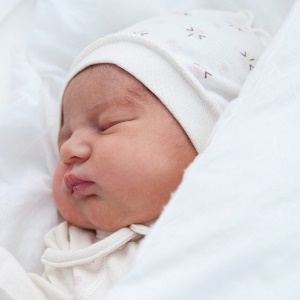
The cause of cradle cap is still unknown, but experts believe that hormones produced by the mother and passed to her baby during childbirth may be involved.
When the rash occurs on the scalp alone, it is known as ‘cradle cap’. Once it has spread to other areas of the skin, face, down the back of the neck, nose, eyebrows, ears, the body and along skin folds, it is known as seborrhoeic dermatitis of infancy.
Infantile seborrhoeic dermatitis is a non-infectious rash, commonly occurring during the first weeks of life. It slowly clears up over a period of weeks or months as the mother’s hormones in the baby's body reduce and disappear.
Unlike eczema, it is unlikely to be itchy or uncomfortable. Seborrhoeic dermatitis of infancy usually clears up by the age of 6 months, but may last up to the age of two years in rare cases. The great majority of cases clear up spontaneously.
Read more:
Reviewed by Dr Rowan Dunkley, Paediatrician, Red Cross Children’s Hospital, Cape Town February 2015.
Previously reviewed by Prof Eugene Weinberg, Paediatrician, February 2011




 Publications
Publications
 Partners
Partners















